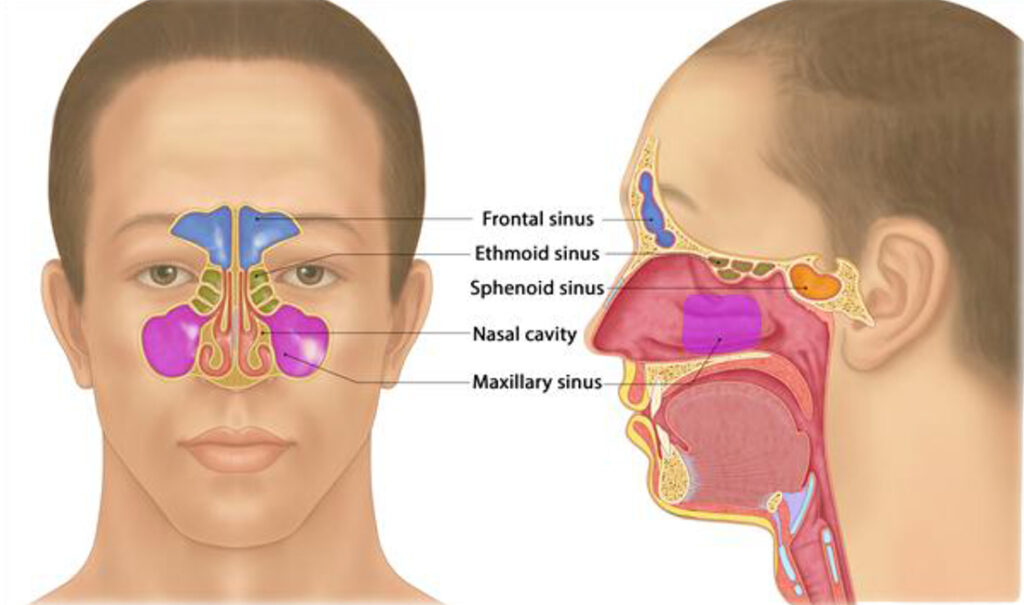For thousands of years we have managed to breath to stay alive without giving the function of the breath a moments notice. Modern science has now caught up with those ancient wise ones who had already worked out the power of the breath.
We were designed to breath through our noses and eat with our mouths. The journalist James Nestor recently put together all the wisdom on breathing in his book Breath and showed us just how important the function of nasal breathing is. As indeed did Patrick McKeown in his book The Oxygen Advantage which is based on the Buteyko method. Brian MacKenzie a performance expert also agrees that breath control is a key method to manage stress and improve athletic performance to name only 2, using nasal breathing as the way to achieve that.
How is it then that breathing through our mouths can be bad for our health. Well, you may have come across the derogatory term, ‘Mouth breather’ as a put down for someone a little lower in intelligence, based on the idea of the dopey expression of someone with their jaw hanging open, and possibly the nasal sound of their voice. Dentists have known for rover 100 years that mouth breathing is bad for health. It can affect jaw shape, posture and chronic nasal congestion. Increased mouth breathing can increase anxiety levels and has been shown to reduce ADHD symptoms in kids when they moved to being a better nose breather.
Our body’s ability to tolerate co2 is a key function of good health. Co2 is responsible for many functions and one is to force oxygen from the haemoglobin into the cells and organs of our body. If we over breath which happens when we mouth breath, sigh, yawn a lot then we lose some of that precious co2 which helps proper function and energy production within the body. Breath training can be a great way to fix some of these issues as can holding our breath but I recommend you do this under the supervision of a trained expert rather than try it yourself.
A great example of the just how powerful the breath can be is the US track team that did a great deal of breath training before the Mexico Olympics back in 1968. Mexico is 2,250m above sea level so athletes naturally would need to be prepared for that thinner air environment. The US team went above and beyond to prepare, with an expert coach, and absolutely killed it with their results with a medal tally that stands the test of time ever since.
Space for breathing

When you look at our breathing apparatus you can see just how much space there is behind our nose for breathing. There a great big cavity (hence the name: nasal cavity) that provides room for the incoming and outgoing air to pass through unimpeded. Compare that to the mouth and you’ll see very little room for that function, in fact the space is only big enough once the tongue moves out of the way. This is how we control the food we eat with out tongue and the epiglottis which assists with swallowing when we are ready.
How to breath right
So if you want to get it right try to slow down your breathing – the magic number is somewhere between 8 and 10 breaths per minute. You may be able to go lower than that – perhaps 6 per minute = in and out every 10 seconds. Any more than 12 and you are breathing harder than is optimal. Use your nose for both inhale and exhale. This will feel like is tricky at first but persevere and you will soon feel the lungs not only enlarging but they should be heading sideways as well as up and down. Expansion of the lungs is the key to good breathing not just volume. If your diaphragm isn’t doing it’s job properly you may need some help with this.
“Breathe light to breathe right”
Give it a go and let me know how you get on.
